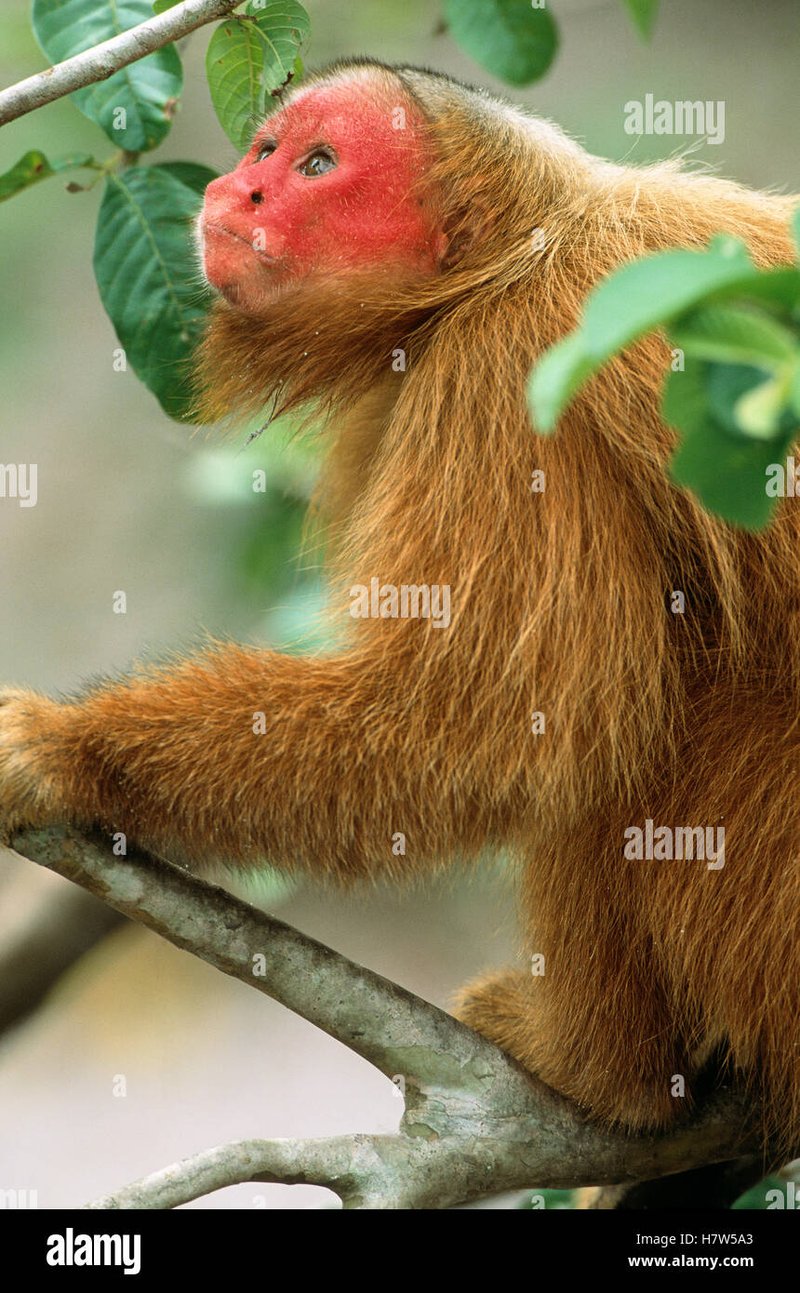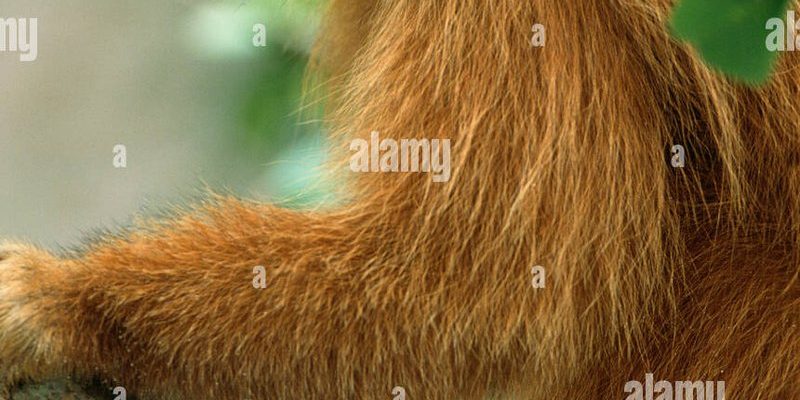
Uakaris are more than just a pretty face—these monkeys help maintain the balance of their ecosystem. You might be wondering, how does a small primate influence the vast Amazon rainforest? Let’s dive into the world of the uakari and explore its contributions to biodiversity, its interactions with other species, and the big-picture importance of preserving these unique creatures and their habitat.
Uakari: A Unique Primate
Let’s start with a bit of background on the uakari. These monkeys belong to the genus Cacajao and are primarily found in the flooded forests of the Amazon Basin, especially in Brazil and Peru. What sets them apart from other primates? Their striking physical features, particularly their bright red faces and short tails, make them instantly recognizable. But beyond their looks, uakaris have unique social behaviors, living in small groups that help them thrive in their challenging environment.
Uakaris are particularly specialized for life in the rainforest. Their strong limbs and prehensile tails allow them to navigate through the dense canopy with grace. They primarily feed on fruits, seeds, and insects, which they find in the upper levels of the forest. This diet not only sustains them but also plays a crucial role in seed dispersal, a key function in maintaining the health of the rainforest.
Seed Dispersal: The Uakari’s Contribution
One of the most important roles the uakari plays in its ecosystem is seed dispersal. Imagine walking through a forest filled with trees and plants; many of these rely on animals to help spread their seeds far and wide. Uakaris are fantastic at this! When they consume fruits, they can travel several kilometers before their bodies digest the seeds. This means they help plant new trees, ensuring the rainforest continues to thrive.
Now, why is this important? The Amazon rainforest is one of the most biodiverse places on Earth. When uakaris and other animals consume fruits and disperse seeds, they actively contribute to the regeneration of their habitat. This process supports not only the plants but also the animals that rely on these plants for food and shelter.
Ultimately, uakaris help to maintain the balance of their ecosystem. Without them, the rainforest could see a decline in plant diversity, which would have a cascading effect on the entire food chain. It’s a perfect example of how interconnected life is in the wild.
The Uakari’s Diet and Its Ecological Impact
In addition to seed dispersal, the uakari’s diet reflects its role in the ecosystem. These monkeys primarily snack on various types of fruits, especially those found in the flooded forests. They’re particularly fond of seeds and nuts. By eating and then excreting out seeds, they help to spread various plant species across the forest.
What’s fascinating is that uakaris often prefer fruits that are not just nutritious for them—they also favor those that have seeds which can, in turn, grow into new plants. This means they’re not just eating randomly; there’s a thought process in their choices, one that reflects the nuances of survival in the wild.
Plus, uakaris are known to eat insects, which helps control pest populations in their environment. By maintaining a balanced diet that includes a variety of food sources, uakaris help sustain their habitat’s health, creating a ripple effect that benefits countless other species.
Social Structure and Behavior
Uakaris are social creatures, often found in small groups. These groups typically consist of 10 to 40 individuals. Living in close-knit communities helps them share responsibilities, from finding food to defending against predators. Their tight social bonds also enable them to communicate effectively, using a range of vocalizations.
Here’s the thing—social dynamics in animals often contribute to the stability of their ecosystems. When uakaris work together to find food or alert each other of danger, they increase their chances of survival. This cooperation strikes a chord within their environment, helping create a support network that benefits not just them, but also other species that share their habitat.
Additionally, their social behavior can have an impact on other animals in the forest. For example, the sound of uakari gatherings can attract larger animals, which may play their role in the ecosystem as well. The interrelationship between species in the rainforest is a delicate dance, and uakaris are a prominent part of that choreography.
Threats to the Uakari and Its Habitat
Unfortunately, the uakari faces several threats that endanger its survival. Deforestation is one of the biggest culprits, as much of the Amazon rainforest is cut down for agriculture, logging, and urban development. When their homes are destroyed, uakaris lose not only their habitat but also their food sources.
Additionally, climate change poses a significant threat. Changes in weather patterns can affect the availability of fruits and other food sources. If their food supply dwindles, uakaris may face starvation, leading to declines in their populations. Furthermore, habitat fragmentation can isolate groups, preventing them from forming larger social structures and decreasing genetic diversity.
Conservation efforts are crucial to protect these unique creatures. Various organizations work to safeguard the Amazon rainforest and the life within it, focusing on sustainable practices that benefit both people and wildlife. Supporting these initiatives can help ensure that future generations will experience the wonder of uakaris and the rich ecosystem they contribute to.
The Importance of Conservation
Conservation isn’t just about saving one species; it’s about protecting an entire ecosystem. When we work to conserve the habitat of the uakari, we’re also ensuring the survival of countless other species that depend on the same forest. The health of the Amazon rainforest affects the planet as a whole. It’s known as the “lungs of the Earth” for its ability to produce oxygen and store carbon dioxide.
Supporting conservation efforts can take many forms. You can help by spreading awareness about the importance of the Amazon rainforest and its inhabitants. Whether it’s through donations, volunteering, or simply sharing information, every action counts. Remember, the interconnectedness of life means that when we help one part, we’re helping the whole.
In conclusion, the uakari plays a critical role in its ecosystem, from seed dispersal to maintaining the delicate balance of the rainforest community. These remarkable primates deserve protection and appreciation, as their survival reflects the health of a much larger system. By understanding the uakari and the challenges it faces, we can take steps together to ensure the future of this vital ecosystem.

